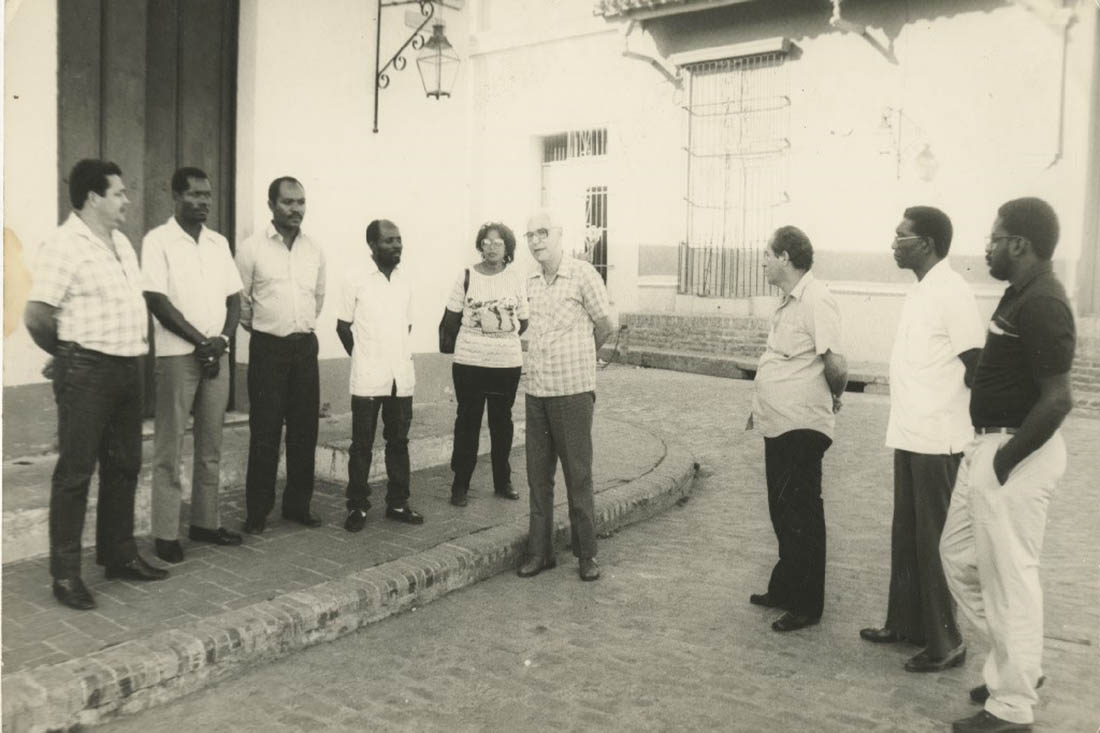Gustavo Adolfo Sed Nieves enjoyed the happiness of having, —as Don Gaspar Betancourt Cisneros, El Lugareño, refers to him— “a friend, Doña Camagüey; and a beloved one, Camagüey; and a mother, Mama Camagüey». More precisely, the history of Camagüey.
As a child he surrounded himself with old papers and writings, notebooks, newspapers, autographs, photographs, postcards, magazines and various books… All this material was jealously and carefully collected. Gustavo hardly had any toys, because he preferred to browse and learn about the social and cultural life of his homeland, about the customs and traditions of the locals. Sed longed to one day write about our struggles for independence and the leading role of its regional leaders.
His generals of the Liberation Army
As he refers on one occasion, he began to collect notes related to the most important men of the Ten Years’ War and the War of Independence of 1895. Relatives and close friends of members of the Territorial Council of Veterans of Independence sent him letters, military orders, notebooks and other writings belonging to the generals of Camagüey.
From the family of Brigadier General Javier de la Vega he obtained important documents. Of generals Bernabé Boza Sánchez and Manuel Boza Agramonte he completed singular notes, as well as of general Fernando Espinosa and José Gómez Cardoso, from whom he obtained the only data available for their biography. About General Gregorio Benítez (Goyo) he only needed to know his date of birth, although he knew that he lived in a house on the corner of the street that today bears his name.
And from Major Ignacio Agramonte he gathered information that Herminia Agramonte Simoni treasures; about Ignacio Eduardo Betancourt; and other descendants of the hero. Of Generals Eugenio and Armando, sons of “Pancho” Sánchez and “Concha” Agramonte, he completed biographical notes that he obtained in the Cuban capital. By the way, a letter from Concha Agramonte revealed her role as a communicating or intelligence agent with the pseudonym “Habana”.
Gustavo Sed thus completed the historical material to make the first version of Generales Camagüeyanos that would be published in September 1980. By the way, a text of just 73 pages lacking a prologue and other editorial requirements, and without his name appearing despite that the guild of historians, activists and teachers of regional history knew of his value and essential contribution. About insufficiencies that burden the text, it is worth knowing that Gustavo left information about our generals to expand and make perfect that original work to honor our fighters for freedom and independence.
We are convinced that the next text will see the light with his name, and in the prologue there will be no lack of words of posthumous thanks to his lifetime work dedicated to history and to the defense of Cuban identity and the Agramontino ethnos.
Translated by: Aileen Álvarez Garía






